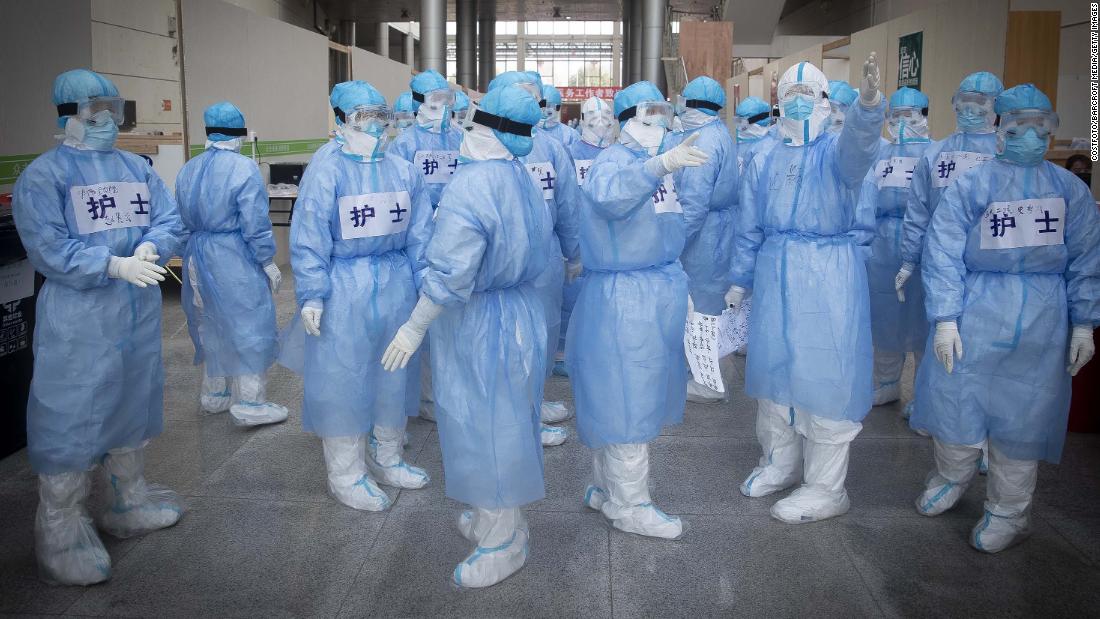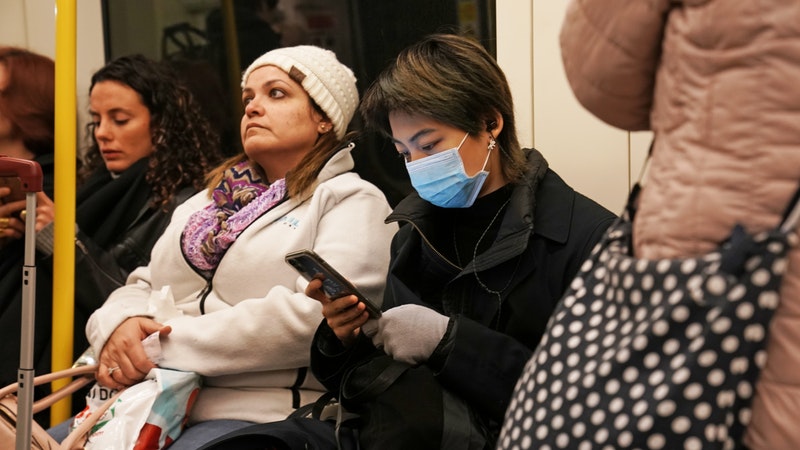Going out for supper tonight. Life goes on, till it doesn't.
That's kind of my conclusion as well. From what I can see, having been following the numbers each day for a month now, this is going to be a pandemic. It will probably infect 50-90% of the global population. That means it's highly probable for all of us to get infected sooner or later anyhow. I see no reason for the individual to try and avoid getting infected anymore. It will just make your life miserable.
I don't fear the disease right now. I think it's more deadly than the official numbers being spread around, by WHO and others. But I don't think it will wipe out humanity. Not even close. When you calculate the "case/fatality rate" (CFR), you do it after the epidemic is over. Then you take the number of deaths and divide it by the number of cases. If an epidemic has had 1000 cases, and 20 deaths, then the CFR is:
(20/1000) * 100 % = 2%
However, during an epidemic we want to know how deadly a disease is. Since we don't know the final number of cases, instead we try to estimate CFR based on the currently available data. There are different ways of doing that. One is to simple take the current number of cases and the current number of deaths (as of 15. feb):
(1666/69268) * 100 % = 2.4%
That is the official number from WHO. This calculation is wrong, and I'm pretty sure WHO knows that, but remember that the UN and thereby WHO is a club with a lot of members, and some of them have a strong influence on what the WHO is allowed to say. Also, there is general fear that a global panic could be a lot worse than the disease itself.
The problem with the way WHO calculates the CFR is that it assumes correlation between the death toll of a given date with the number of cases for that date. This is wrong because patients who die from the disease have been ill for an amount of time before they die.
Another method of estimating CFR therefore is to look at the number of deaths vs recovered. As of 15. feb, those numbers are 1666 deaths and 9538 recovered. That gives a total number of resolved cases of 11204. The CFR estimate using this method then becomes:
(1666/11204) * 100 % = 14.9%
Before you panic, there's more !!!
The method above does not account for several factors. First of all, there are a lot of unknown cases. Assuming that many of those are mild, and that the Chinese hospitals are so overburdened that they send most non critical patients away, the numbers above are skewed, and therefore also wrong.
An third way of estimating CFR is to first estimate the time from the first symptom until the patient dies. One estimate of that is 7 days. Then we take the number of deaths from day X and find the number of cases from day X minus 7. Problem is we don't know if 7 days is the correct number. It could be anything from 0 (WHO's method) to more than 7 days. If I try to calculate the CFR this way using 0, 3, 5 and 7 days, I get:
I think these numbers are the best estimate of a CFR I've been able to calculate so far. Note that the blue and orange lines jump at 11. feb and 14. feb respectively. This is because of the large amount of new cases being reported after China changed the method of diagnosis. Something similar will happen to the grey and the yellow curve in the coming days. Also note that all 4 curves currently has a trend of increasing slowly.
Then there is the question of data reliability. Nobody thinks that all the current cases have been registered. If the true number of cases is higher, and we can trust the number of deaths, then the true CFR will be lower than the estimates above. It's therefore pure speculation to try and estimate the true CFR, but if I was to try, I'd say it's above 2% and below 5%, but probably closer to ~5%, based on the given numbers. If we then include a rough estimate of only 10% of the true number of cases being currently estimated, the CFR drops to 0.5%.
Currently the virus is spreading outside China. Singapore has a large number of cases, which some claim is due to Singapore being better at diagnosing. That might be the case, but it does seem "strange" that a country like Indonesia has zero cases so far. Also Thailand is placed between China and Singapore, and they are reporting much lower numbers than China and Singapore. Both Indonesia and Thailand have economies that depend on tourism. You do the math.
The cruise ship in Japan is an "interesting" population. Because the ship is isolated, and the passengers are largely quarantined in their cabins, it somewhat resembles a total lockdown. Still the virus spreads extremely fast onboard the ship. Today almost 10% of the people onboard have tested positive, and the numbers are rising:
A similar trend is seen outside Mainland China:
This is far from under control, and I personally don't think it's possible to control it anymore. Still, the chances of survival seems to be between 95% to 99.5%, assuming that people don't panic. I'm worried that they will, once the true scale of this becomes clear to "everybody", and therefore I think it's preferable to start being honest, instead of trying to smother the truth in an attempt to keep the "positive mindsets". This is serious, but to the majority, it's not the end of the World.
One final "positive" story I heard (not welly confirmed), is that it seems that antibodies from blood plasma from recovered patients can be used to treat serious cases. This is not a new method, but it could save a lot of lifes if it works on larger scales.














